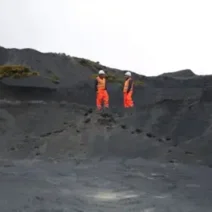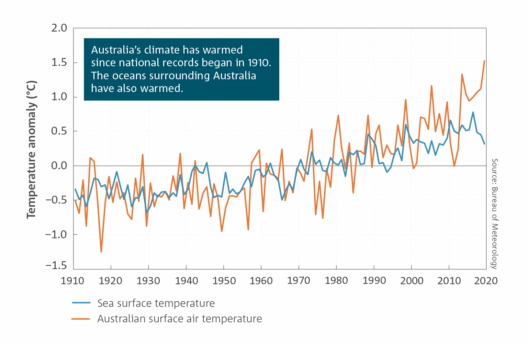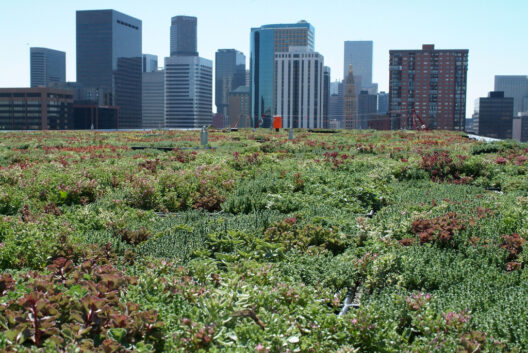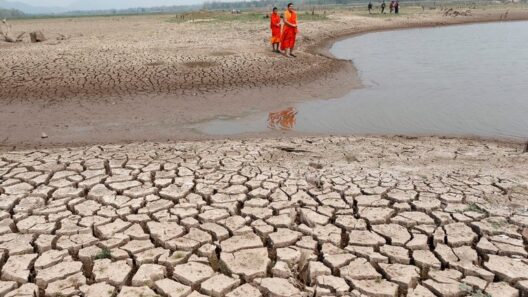Global warming has become one of the most pressing issues of our time, with its repercussions affecting ecosystems, economies, and individual lives. The agricultural sector, while essential for sustaining humanity, inadvertently contributes to this phenomenon, primarily through the usage of fertilizers and distinct farming practices. Understanding the intricate relationships between these elements is crucial for envisioning sustainable solutions that mitigate climate change.
The genesis of the dilemma lies in how fertilizers, particularly synthetic nitrogenous types, are synthesized and utilized in farming. The Haber-Bosch process, a method of producing ammonia, has revolutionized agriculture, fueling unprecedented yield increases. However, this process is energy-intensive and heavily reliant on fossil fuels. As a result, each ton of synthetic fertilizer manufactured results in significant carbon dioxide emissions. This highlights a paradox: while fertilizers bolster food production, their production exacerbates global warming.
Moreover, once applied to fields, fertilizers do not remain inert. A substantial portion of these synthetic nutrients escapes into the atmosphere, releasing nitrous oxide, a greenhouse gas with a global warming potential approximately 298 times that of carbon dioxide over a century. The conversion of fertilizer nitrogen into nitrous oxide occurs through microbial processes in the soil, influenced by moisture levels and temperature. Consequently, agricultural practices that inadequately manage water or apply fertilizers indiscriminately can lead to substantial emissions of this potent gas.
To fully comprehend the ramifications of modern farming practices, it is crucial to examine land-use changes and cultivation methods that accompany fertilizer application. Agriculture is not merely about growing food; it is interwoven with land degradation, deforestation, and loss of biodiversity. The expansion of intensive farming systems often comes at the expense of natural ecosystems, where forests and grasslands are cleared. This deforestation releases large quantities of stored carbon into the atmosphere, amplifying global warming. When ecosystems are replaced by monoculture crops, the inherent resilience of the land diminishes, making it more susceptible to the stresses of climate change, such as extreme weather events.
Furthermore, farming practices such as tillage disturb the soil structure, increasing its susceptibility to erosion and reducing its organic matter. Healthy soils are vital as they act as carbon sinks, sequestering carbon dioxide from the atmosphere. By adopting conservation tillage and no-till farming practices, farmers can significantly enhance the soil’s carbon sequestration potential. Such methods not only improve the soil’s resilience to climatic variations but also positively influence its microbial communities, fostering a more vibrant ecosystem.
Additionally, livestock farming, a critical component of the agricultural landscape, plays a significant role in greenhouse gas emissions. Ruminants, such as cattle, produce methane during digestion, a gas with a global warming potential over 25 times greater than carbon dioxide. The intensive feedlot systems that dominate livestock production often rely on corn and other grains produced with heavy fertilizer use, creating a loop of dependency that further intensifies environmental degradation.
While examining the interconnectedness of fertilizers, farming practices, and climate change highlights stark realities, it also prompts the consideration of alternative strategies that promise a more sustainable future. Agroecology, for instance, advocates for farming systems that are not only productive but also ecologically sound and socially just. By integrating crops and livestock with diversified planting systems, agroecology can enhance soil health, reduce dependency on synthetic fertilizers, and sequester carbon. These systems mimic natural ecosystems, fostering resilience and reducing vulnerability to climate extremes.
Furthermore, biotechnological innovations can also play a pivotal role in reducing the environmental footprint of agriculture. Advancements such as precision agriculture utilize data analytics to optimize fertilizer application, ensuring that crops receive exactly what they need without excess nutrient runoff. This tailored approach mitigates the risk of nitrous oxide emissions and enhances the efficiency of resource use. The incorporation of organic fertilizers, such as compost and manure, can also enrich the soil’s nutrient profile while promoting microbial diversity, leading to more sustainable farming outcomes.
Interventions in agricultural practices must be coupled with robust policy support and education initiatives. Policymakers need to incentivize sustainable practices while facilitating the transition to renewable energy sources for fertilizer production. Investing in research that underpins sustainable agriculture is vital. Educating farmers about regenerative techniques can revolutionize their practices, fostering a deeper connection between farming and environmental stewardship. This shift in perspective is critical, as it reframes agriculture not merely as a means of production but as a pivotal player in combating climate change.
Ultimately, the path forward requires collective action and awareness. Stakeholders, including consumers, farmers, and policymakers, must recognize the intricate interplay between fertilizers, farming practices, and global warming. Making conscious choices about food consumption can drive demand for sustainably produced goods, prompting reforms in agricultural practices. Our relationship with food is inextricably linked to the health of our planet. Thus, by embracing sustainable agricultural systems, we can contribute to mitigating climate change, ensuring vital resources for generations to come.
In summary, the effects of fertilizers and farming practices on global warming are both multifaceted and profound. Acknowledging these connections not only casts a light on major environmental concerns but also opens up avenues for meaningful change. With informed choices and committed action, it is possible to reshape agriculture into a force for ecological balance rather than environmental degradation.








